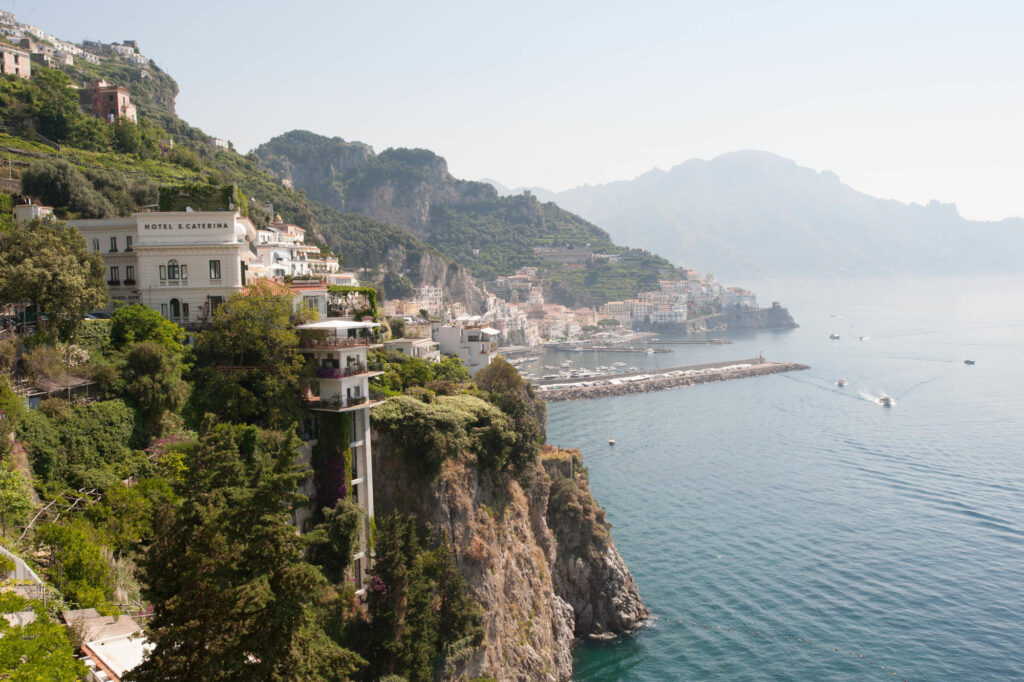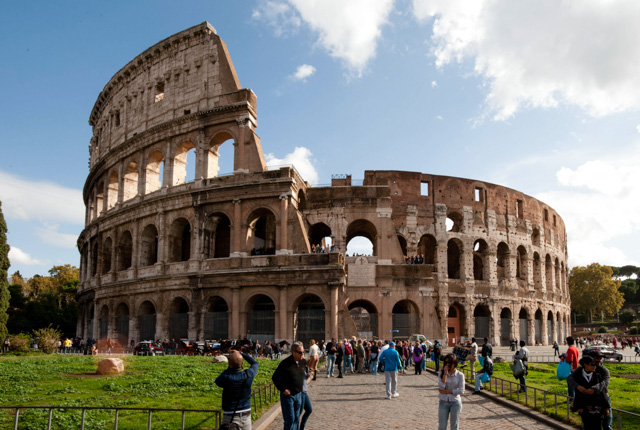
Italy is a bucket-list trip for many, and with "bene" reason. The Southern European country is home to some of the world's best cuisine, architecture, fashion, art, and Mediterranean coastline. The language, people, and vino have inspired repeat visitors and dedicated Italophiles for centuries. That said, Italy is a complex country with its own set of customs and etiquette that are much different from what you might have seen or read in "Under the Tuscan Sun." Read on for 10 important tips to know before you visit Italy.
1. Dinner starts at 7:30, or whenever.
The Italians don’t eat the evening meal as late as the Spanish, but it’s not unusual for restaurants to open a little later than what we’re used to in the United States. Many restaurants (especially outside of tourist hot spots) don’t open until six or seven. Restauranteurs often take a casual approach to business hours, opening and closing when they feel like it. It’s not unusual for a restaurant to close its doors for three days while the owner visits relatives in Naples.
2. Don’t order pizza in Florence.
Okay, of course there is good pizza to be found in Florence. Americans tend to think of Italian food (spaghetti with meatballs, pizza, risotto, etc.) as one general cuisine. But Italy is divided into 20 regions, and each one specializes in something delicious using local techniques and ingredients. This is a country where people have serious opinions about which pasta shape pairs best with which pasta sauce. For the most authentic pizza experience, you’ll have to travel to the place where the margherita pie was invented: Naples. Lombardy is famous for risotto, Bologna has the best Parmigiano Reggiano cheese, Sicily is for cannoli, the Amalfi Coast is best for Limoncello, and Rome is known for carbonara. The food culture is one of Italy’s biggest draws and it’s meant to be both enjoyed and taken seriously.
3. Don’t skip the art.
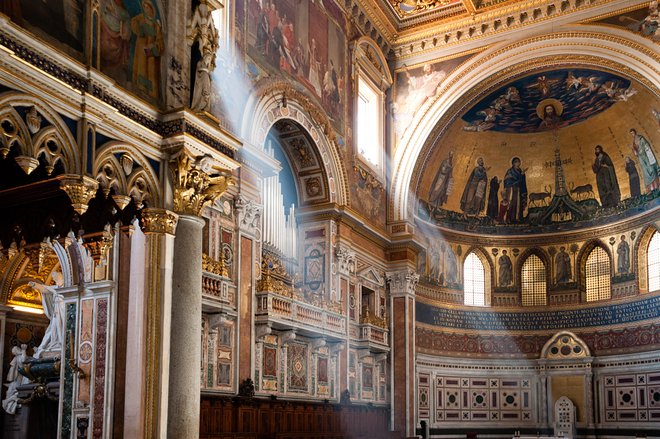
It’s easy to go to Italy and get distracted by the ancient ruins, shopping, and restaurants. But it would be a big mistake to skip the art scene, both from the Renaissance and the present day. The Vatican houses over 100 art galleries (not to mention The Sistine Chapel ceiling, painted by Michelangelo). The Peggy Guggenheim in Venice has an extensive collection of modern works by Picasso and Magritte. Botticelli’s often replicated, never duplicated Birth of Venus hangs in the Uffizi Gallery in Florence.
4. Cover up at the Vatican.
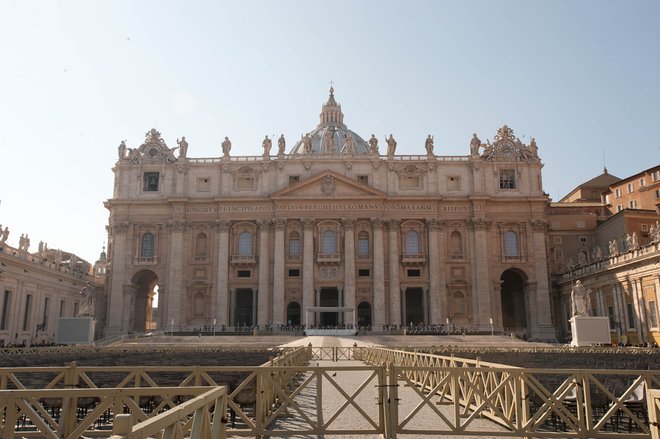
Whether or not you agree with the Catholic Church’s politics, you’re going to have show respect if you want to visit the Vatican Museums, the Sistine Chapel, St. Peter’s Basilica, and the Vatican Gardens. Visitors are held to a strict dress code that doesn’t allow low cut or sleeveless clothing, shorts, miniskirts, or hats. Basically, keep your shoulders and knees covered. Also not allowed? Selfie sticks.
5. No cappuccino allowed after breakfast.
Remember, Italy has a lot of customs and thoughts around food. And one biggie is that cappuccino (or any coffee drink with milk) is for the morning only and never to be consumed after a meal. Italians don’t like the combination of hot milk and a full stomach. You can go ahead and order whatever you’d like, but be prepared for some side eye at minimum and probably a small lecture about digestion. Espresso is fair game all day.
6. You only need one day in Venice.
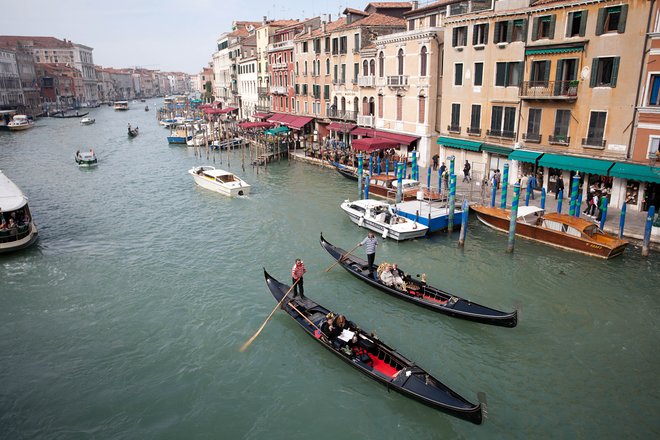
Spending just one day in one of the supposedly most romantic cities on earth may be considered sacrilege to some, but hear us out. We’re not suggesting you skip Venice entirely, but one or two days is likely more than enough time to soak in the floating city’s ambience and eat some gelato in picturesque St. Mark’s Square. The summer months bring high costs and huge crowds, while the combination of cold and closed-for-the-season hotels and restaurants make visiting in the winter its own challenge.
7. The metro is complicated.
Rome has had a metro since the ’50s and today three lines conveniently serve 73 stations. Many visitors save loads of money by staying at a more affordable hotel on the city’s exterior and taking the train into the center to see the sites. However, there are a few things to keep in mind before hopping on a train. First, Rome is often plagued by labor strikes that temporarily shut down the metro. Keep your eyes on the news. Second, just buying a ticket isn’t enough. You have to validate it in a machine before boarding the train. Third, kids under the age of 10 ride the metro for free with an adult and don’t need a ticket.
8. Public restrooms are plentiful.
One thing we wish more cities would adopt is the convenient public restroom system found throughout Italy. For one euro, visitors can relieve themselves without having to pretend to be a customer at a restaurant. The restrooms are staffed, cleaned regularly, and stocked with toilet paper and sinks. It’s a very civilized way to deal with a very human behavior.
9. Don’t tip at restaurants.
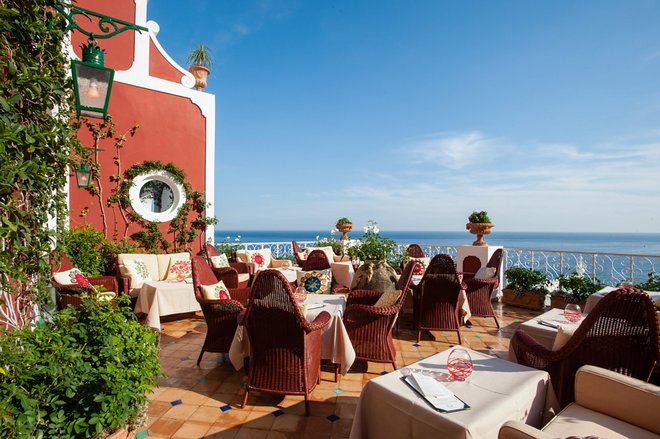
Tipping isn’t expected in restaurants, as servers are usually paid a fair salary and are often part of the family that owns the restaurant. That said, your bill will usually come with a few unusual charges. The “coperto” is often the most confusing to American diners, and it’s essentially a per-person charge for sitting at the table. The price must be listed on the menu or in the restaurant, and it can add up for larger groups. A “servizio” charge is usually found in the most touristy areas of Italy, and it also must legally be listed somewhere obvious, like on the menu. The “servizio” doesn’t necessarily go to the staff, and it can be anywhere from 10 to 20 percent of the bill.
10. Give yourself an extra day.
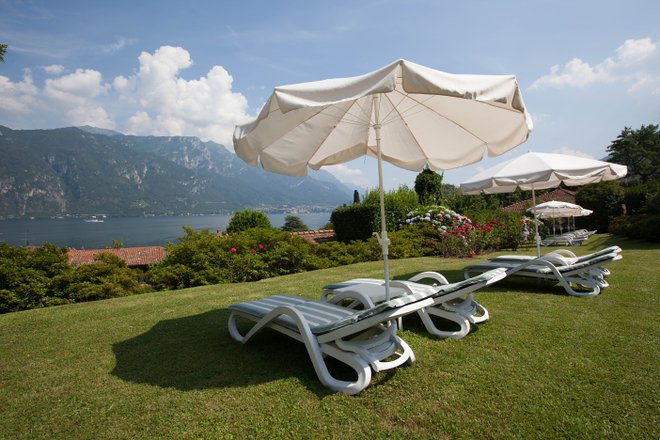
Whether you’re planning on cruising down the Amalfi Coast, touring cathedrals in Rome, visiting wineries in Florence, buying high fashion in Milan, swimming off the shores of Sicily, or scoping out celebrities in Lake Como, give yourself one extra day in Italy. Trust us, you’ll find more than enough to see and do with the extra 24 hours in one of the most enjoyable countries in Europe.
Heading to Italy? Here’s a Hotel Pick: Santa Caterina Hotel
While most of the Amalfi hotels can claim excellent sea views, the 66-room Santa Caterina Hotel has five-star features, harmonious antique style, and fragrant gardens. Guests can take advantage of the wellness center, pool, and gym. Dining options range from the elegant Restaurant Santa Caterina to the more casual Al Mare eatery, along with an expansive wine cellar.
What to Bring: Dresses from Reformation
Strut around Italy like a local with a dress from Reformation. Easy, flowy, and sustainable, there’s truly no better option to pack on your trip.
NOW WATCH: Essential Things to Know Before Visiting Italy
You’ll Also Like:
- Where to Stay in Tuscany: Your Cheat Sheet to the Region
- 6 Underrated Places in Italy
- The Best Itinerary for Italy
- 17 Things You Probably Didn’t Know About Rome
All products are independently selected by our writers and editors. If you buy something through our links, Oyster may earn an affiliate commission.
